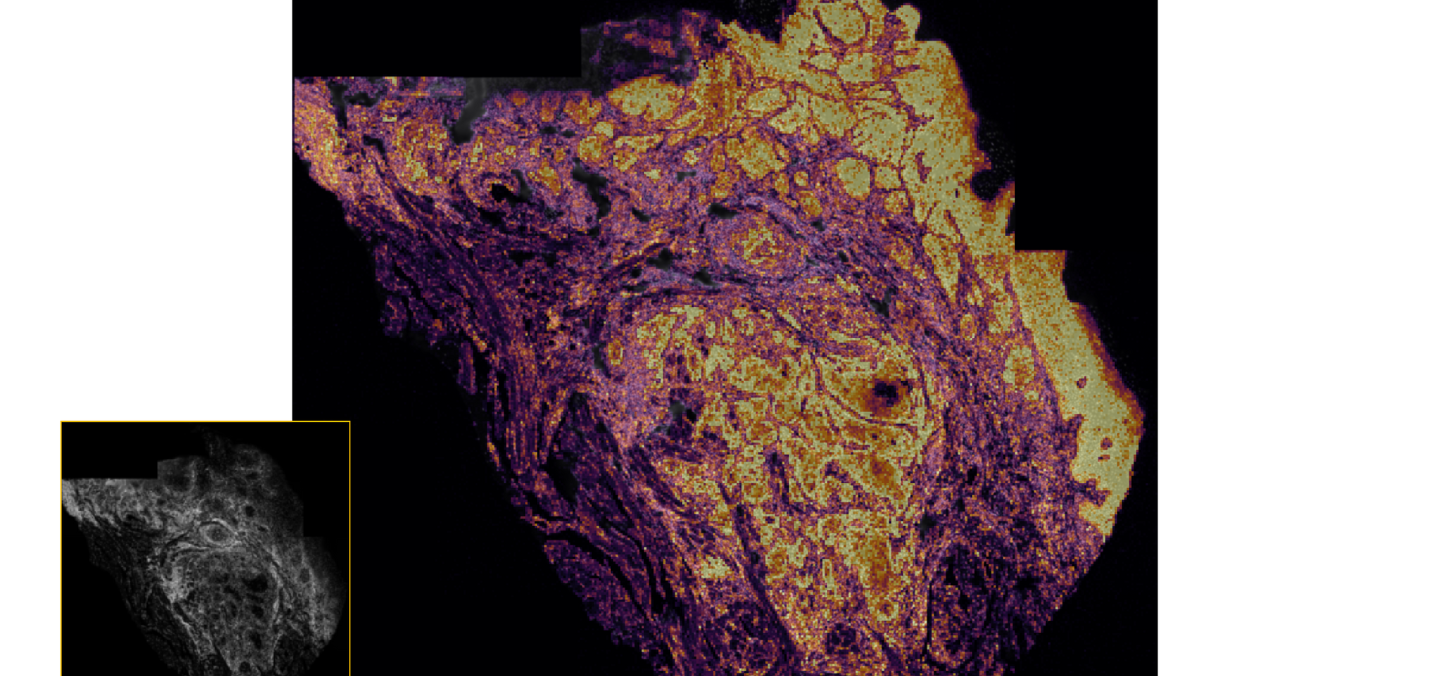
Pinpointing when cancer starts
By Diane Peters
Associate professor Marco Magalhaes 0T9 PhD, 1T5 MSc OP/OM has discovered something important about oral precancer. When the receptor Fn14 is active, you’ve got a problem.
Fn14 and other members of its family are involved when an oral lesion becomes cancerous. “It’s part of the first step of malignant transformation, when the cells start to invade from the surface to the deeper tissues.”
“It’s also related to inflammation,” says Magalhaes of Fn14.
With an operating grant of $130,000 over two years from the Cancer Research Society, he and his team are taking this discovery closer to helping patients.
They are running animal studies to see how existing medications that target Fn14 — these are already approved for lung and liver inflammatory conditions — can impact oral precancer in mice.
“We already have some results that show that it is, indeed, helpful,” he says. More positive results will help the research team plan human trials to assess precancerous lesions and treat risky ones, thereby preventing oral cancer from happening at all.
The study is also assessing other things in the study, including seeing if skin cancer functions under similar mechanisms. (Magalhaes admits it’s most likely that a similar process plays out in other cancers of mucosal surfaces.)
Magalhaes says this breakthrough has been a decade in the making, and hopes to be five years away from approved clinical tests and treatments. “If this actually works, we’ll have new diagnostic tools and new surveillance strategies. It could make a huge impact directly on patients.”
Photo: images show the spatial transcriptomic analysis of oral cancer samples